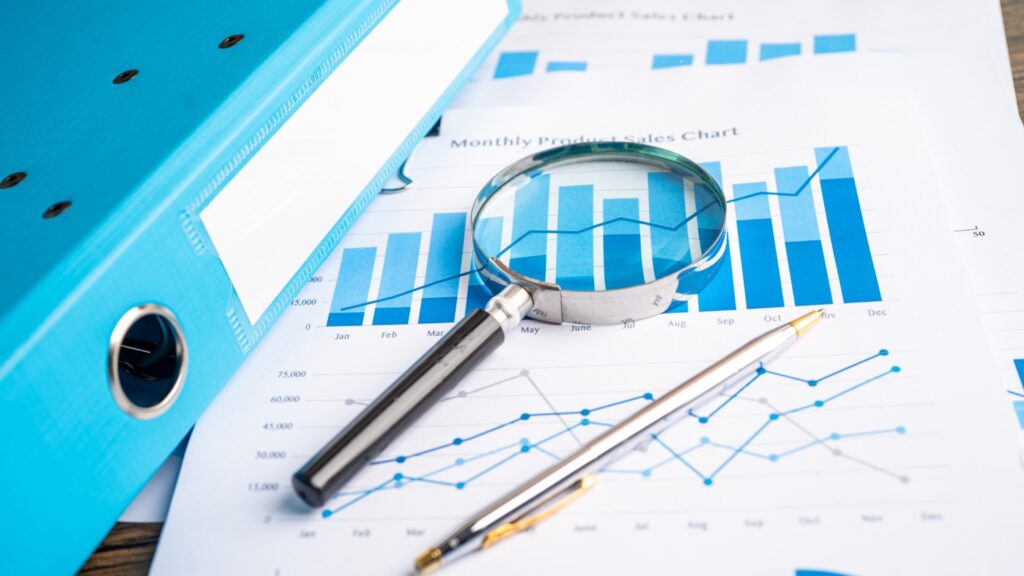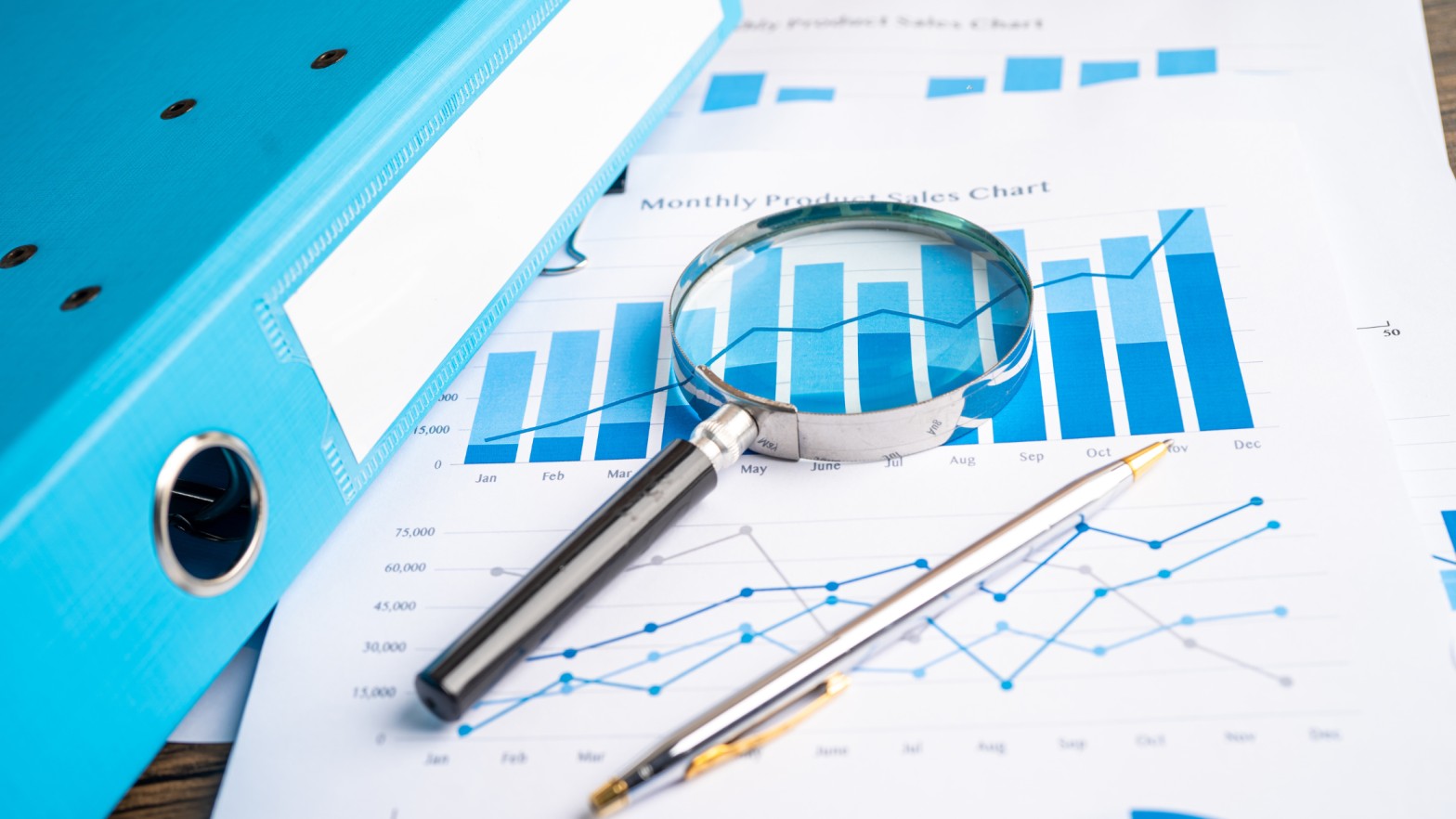- 21 10,2024
-
Alternative Data

The global marketplace is getting more complex than ever. Managing risk in agricultural commodities is now much more data-driven than ever. With the integration of alternative investment data through technology and innovative data sources, traders and producers can make more optimized strategies. Making informed decisions is necessary in commodity trading, specially when agriculture faces growing uncertainties due to fluctuating markets, climate change, and other geopolitical factors. So, if you want to ensure long-term sustainability, and get profits, data driven insights are important.
What is the Role of Alternative Data in Agriculture
Alternative data, or as many people refer to as non-traditional data sources, has seen a huge rise in its application across multiple industries. And, this includes the agricultural sector as well. While traditional data sources such as weather forecasts, historical pricing, and crop reports are vital, knowing the alternative data adds a new layer of depth. Did you know that social media trends, satellite imagery, IoT sensors, and sometimes even consumer purchasing patterns are used in the understanding of the alternative data market? As the competition increase, these diverse data sources provide a more nuanced view of market trends so that one can get better with risk management.
With an effective alternative data provider, you get the insights that help stakeholders find out the challenges and opportunities in the agricultural commodities. For example, satellite imagery is one of the most trusted sources that provides real-time information on soil health. Understanding the drought conditions before hand can allow producers to take preventive action and reduce or tackle the losses.
In a similar way, the IoT sensors can send continuous data on crop growth, temperature, and moisture levels. How does this help? It provides the granular insights that were previously unavailable and today’s producers can react to sudden changes, reduce waste, and optimize harvest timing.
Can you manage the volatility with data?
Volatility is inherent in agricultural commodities. This is easily understandable as they are subjected to a wide range of unpredictable factors—natural disasters, or could be pest outbreaks, or changes in economic policies. One example is that in grain trading, which is a staple of the agricultural commodities market, price fluctuations happen due to changes in weather conditions. But there can be other factors such as supply chain disruptions or changes in consumer demand. While traditional risk management tools like futures contracts and insurance have a role to play, the integration of alternative investment data has helped manifold to react to these changes.
Did you know that in grain trading, the right use of alternative data can offer insights that go beyond simple supply and demand metrics? With Satellite data, tracking crop health across vast areas has become very easy. This helps in getting predictive insights into the harvest yields even before you see any official announcement. Given that you are now equipped with the latest data and metrics, there is a chance of better decision-making. As a serious trader, you can opt for buying, selling, or hedging risks accordingly. Also, did you know that alternative data providers can analyze historical and real-time weather patterns? This means you have the scope to know about the potential droughts or floods, and in the long run, understand the market fluctuations.
Getting better with Risk Management Strategies
For effective risk management in the agricultural commodities market, what you need is a multi-layered approach. This is possible when you can combine traditional methods with insights derived from alternative data. This also helps to anticipate the risks and guard their operational resilience. If you see now, a large number of organizations are more and more dependent on alternative data providers to offer real-time analytics. This is because it blends multiple data points —from weather forecasts to market sentiment analysis.
Let’s understand this with an example. The existing traditional methods of predicting market movements which are based on long-term weather trends are now being complemented by real-time data. These are gathered from satellite imagery and IoTs. Understandably, these data can provide immediate insights into the real-time impact of the change in climate. In turn, it helps to understand the effect of global supply chains and pricing. So, for traders, this means they can react swiftly, potentially avoiding significant losses.
The alternative data market can also help to mitigate specific risks because it will have the data that shows crop failures due to unforeseen weather events. At the end of it, traders can make more tailored decisions.
Why do you need to integrate global data?
The world we live in is extremely integrated and the agricultural commodities are no different. They are also increasingly affected by global events. For example, a drought in North America can result in a price hike in Europe, although apparently it might not be directly understood. Sometimes, the geopolitical tensions in one region can disrupt the supply chains of important agricultural products worldwide.
Alternative data providers play a key role because they offer a range of datasets, ensuring that stakeholders are equipped with the knowledge to navigate global market fluctuations.
Another very important thing about the use of alternative data is that it is not limited to large-scale operations. Even small and medium-sized enterprises (SMEs) can also tap into these insights that will ultimately help them to make better-informed decisions. It is safe to say that with the democratization of the alternative data market, access to these valuable insights is expanding.

